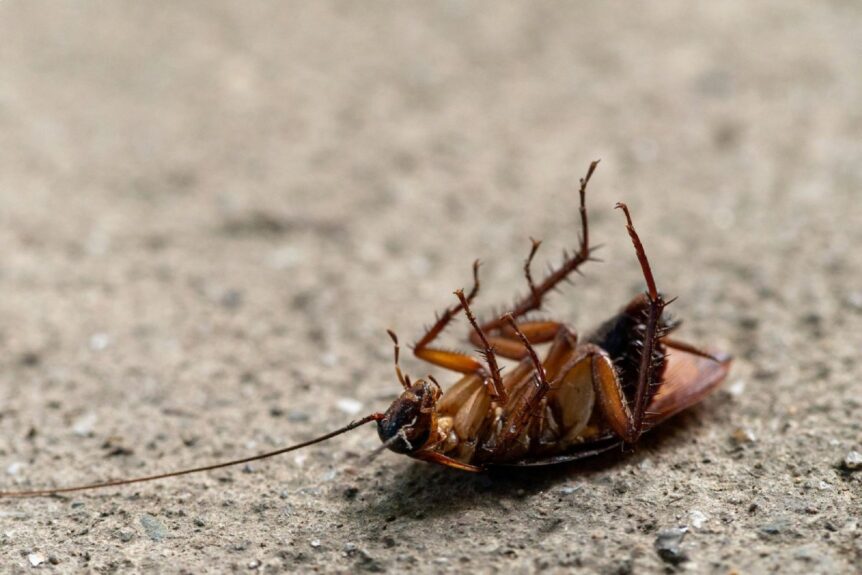Invasive species wreak havoc on ecosystems, agriculture, and even our daily lives. Here are 25 invasive species that we wouldn’t mind seeing disappear forever, especially the gross ones.
1. Mosquitoes

Image Credit: Pexels / Jimmy Chan
While not all mosquitoes are invasive, species like the Aedes aegypti spread diseases such as Zika, dengue, and chikungunya. Their bites are itchy, and they pose serious public health risks.
2. Cockroaches
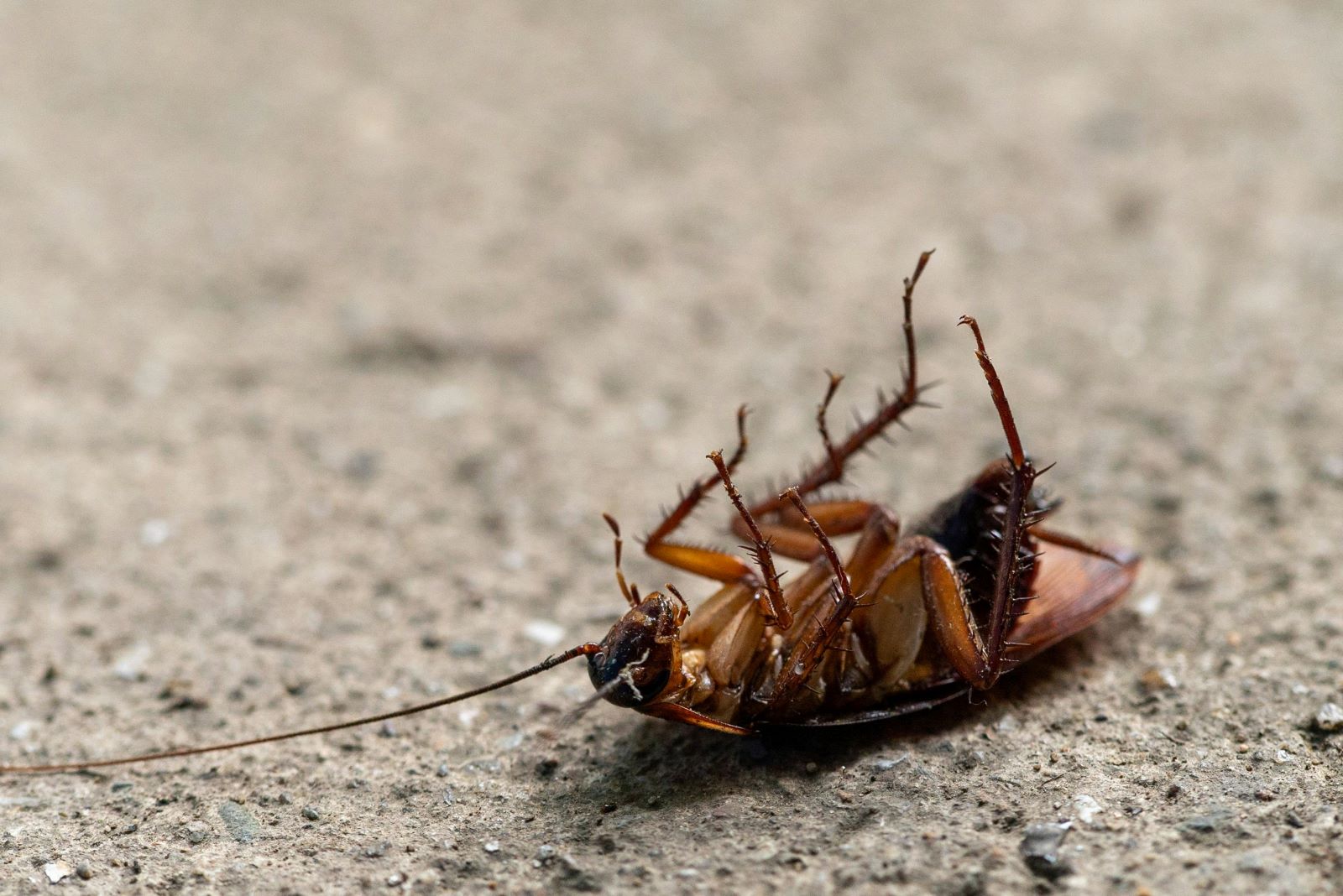
Image Credit: Pexels / Picas Joe
Cockroaches, particularly invasive species like the German cockroach, are notorious for infesting homes and spreading disease. Their resilience and rapid reproduction make them a persistent and revolting nuisance.
3. Locusts

Image Credit: Shutterstock / Protasov AN
Locust swarms can devastate crops and vegetation over vast areas. Their unpredictable and sudden invasions leave a trail of destruction and grossness.
4. Flying Ants
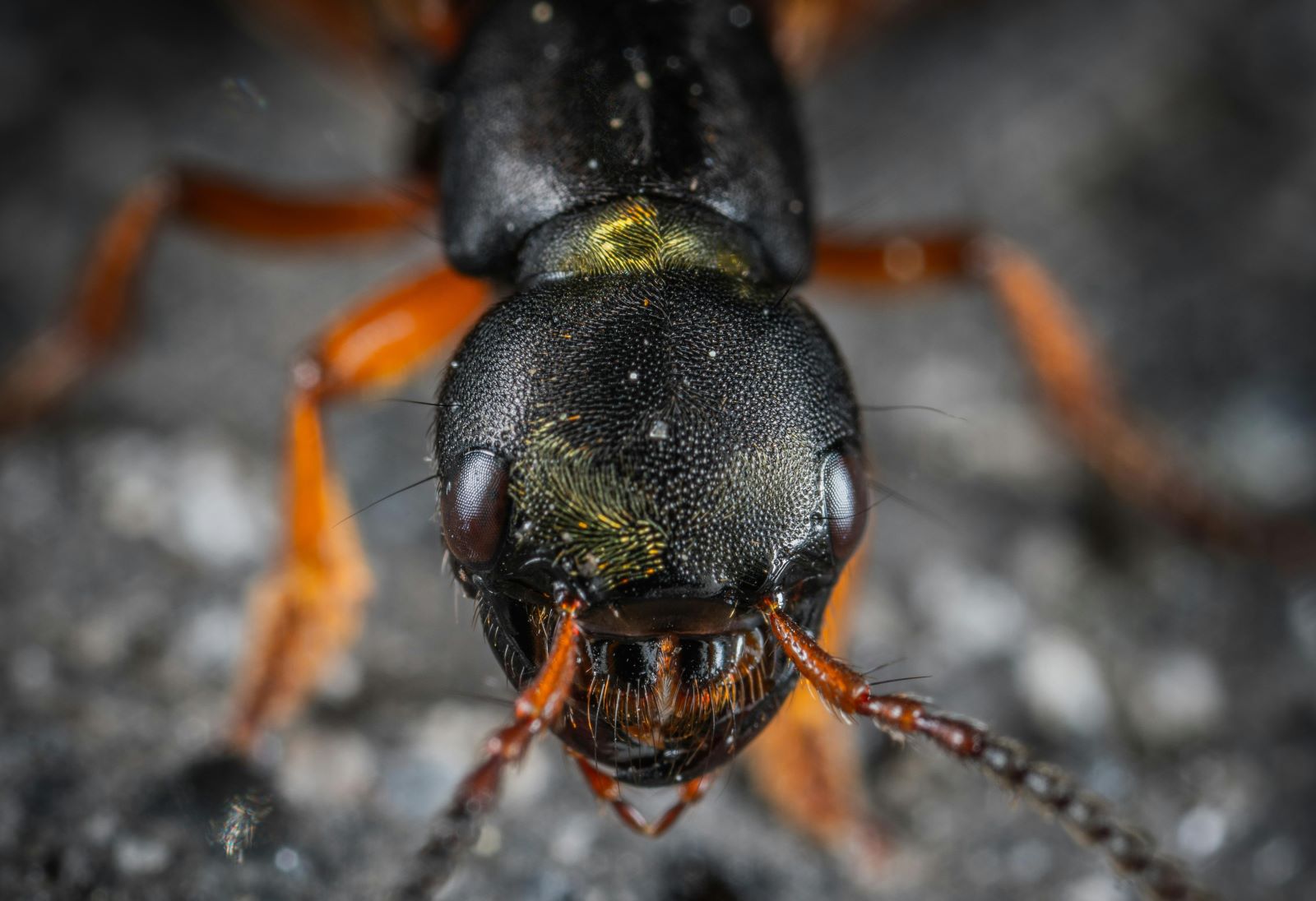
Image Credit: Pexels / Egor Kamelev
During swarming season, flying ants emerge in massive numbers, disrupting outdoor activities and invading homes. Their sudden appearance is more than just a nuisance—it’s downright creepy.
5. Brown Marmorated Stink Bug
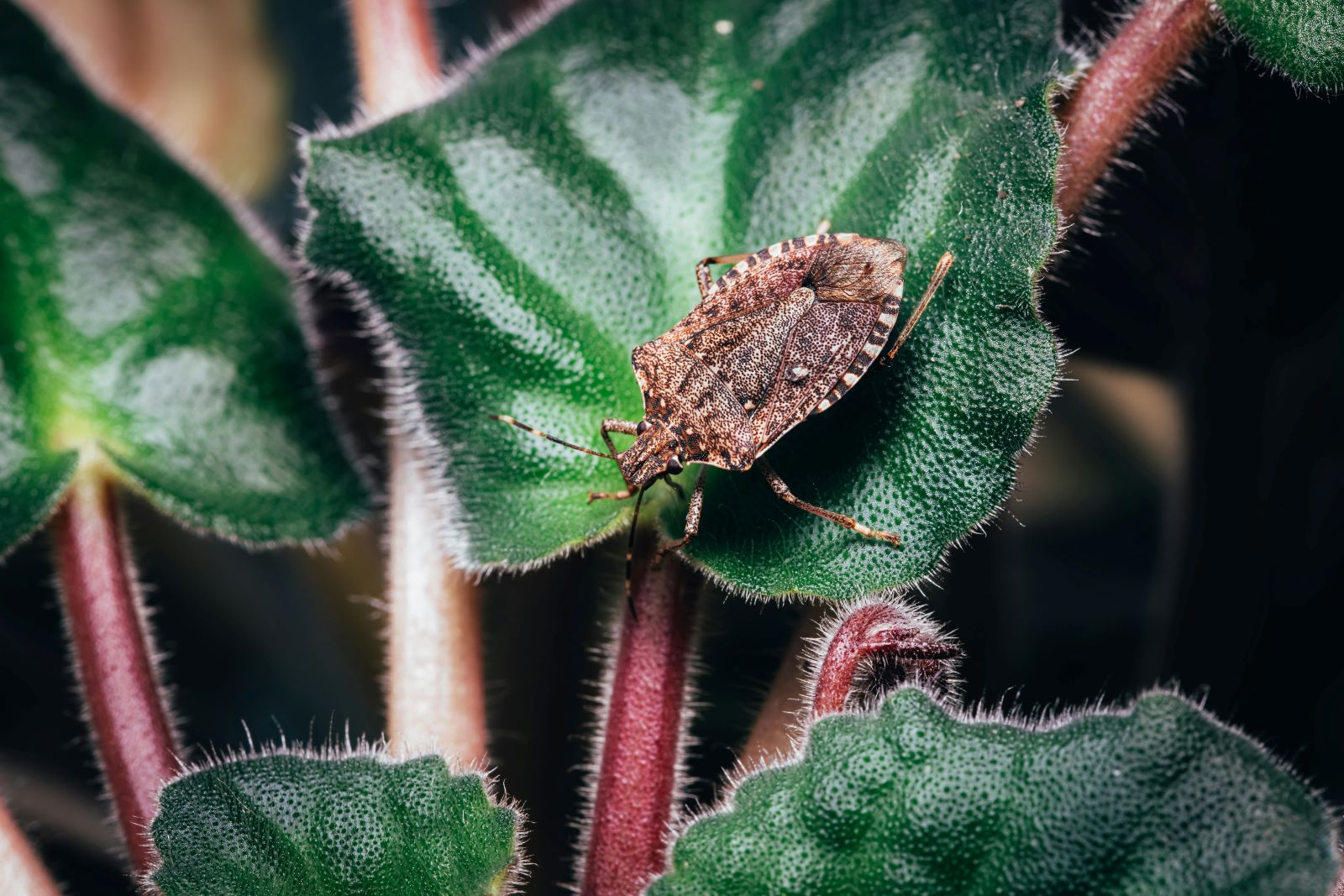
Image Credit: Pexels / Gio Modzmana
These bugs damage a wide range of crops and invade homes in large numbers seeking warmth. Their presence is both economically damaging and unpleasant, thanks to their odor.
6. Asian Giant Hornet
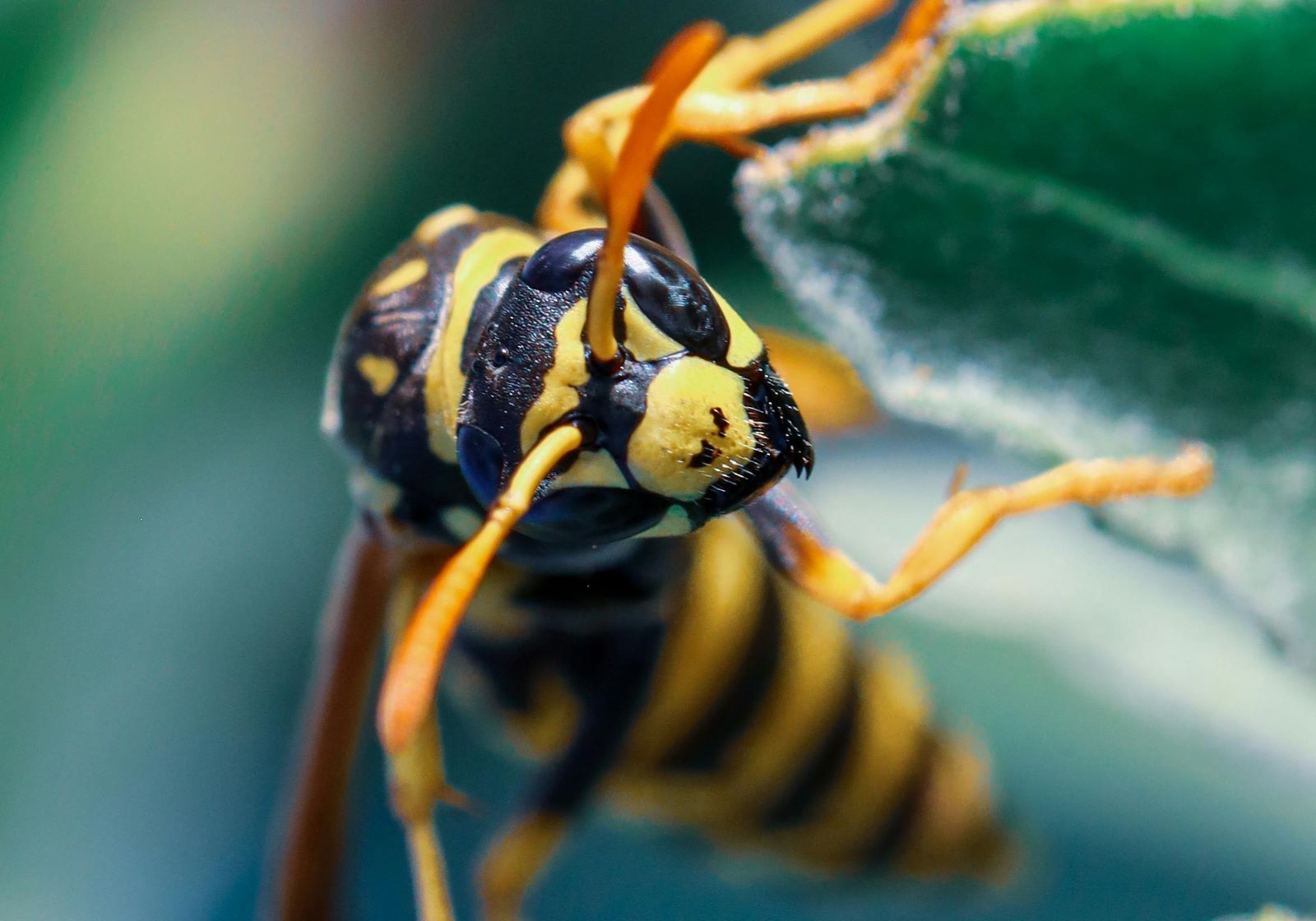
Image Credit: Pexels / Adam Hakiki
Known as the “murder hornet,” these large and aggressive insects pose a threat to both humans and honeybees. Their sting is extremely painful and can be deadly.
7. Argentine Ants
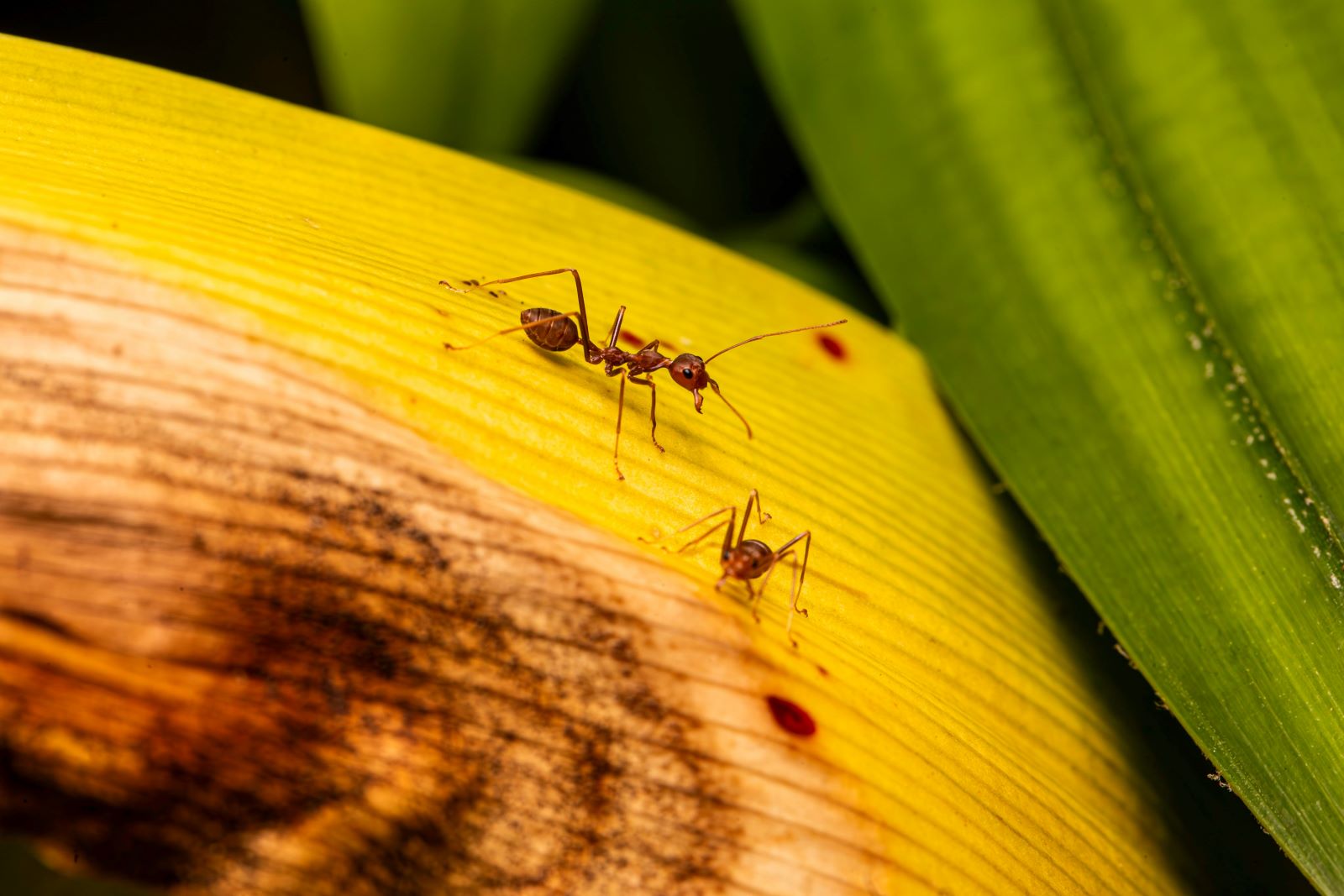
Image Credit: Pexels / Erik Karits
Argentine ants form supercolonies, outcompeting native ants and other insects. Their vast networks can disrupt local ecosystems and invade homes, creating an unwelcome, crawling presence.
8. Feral Hogs
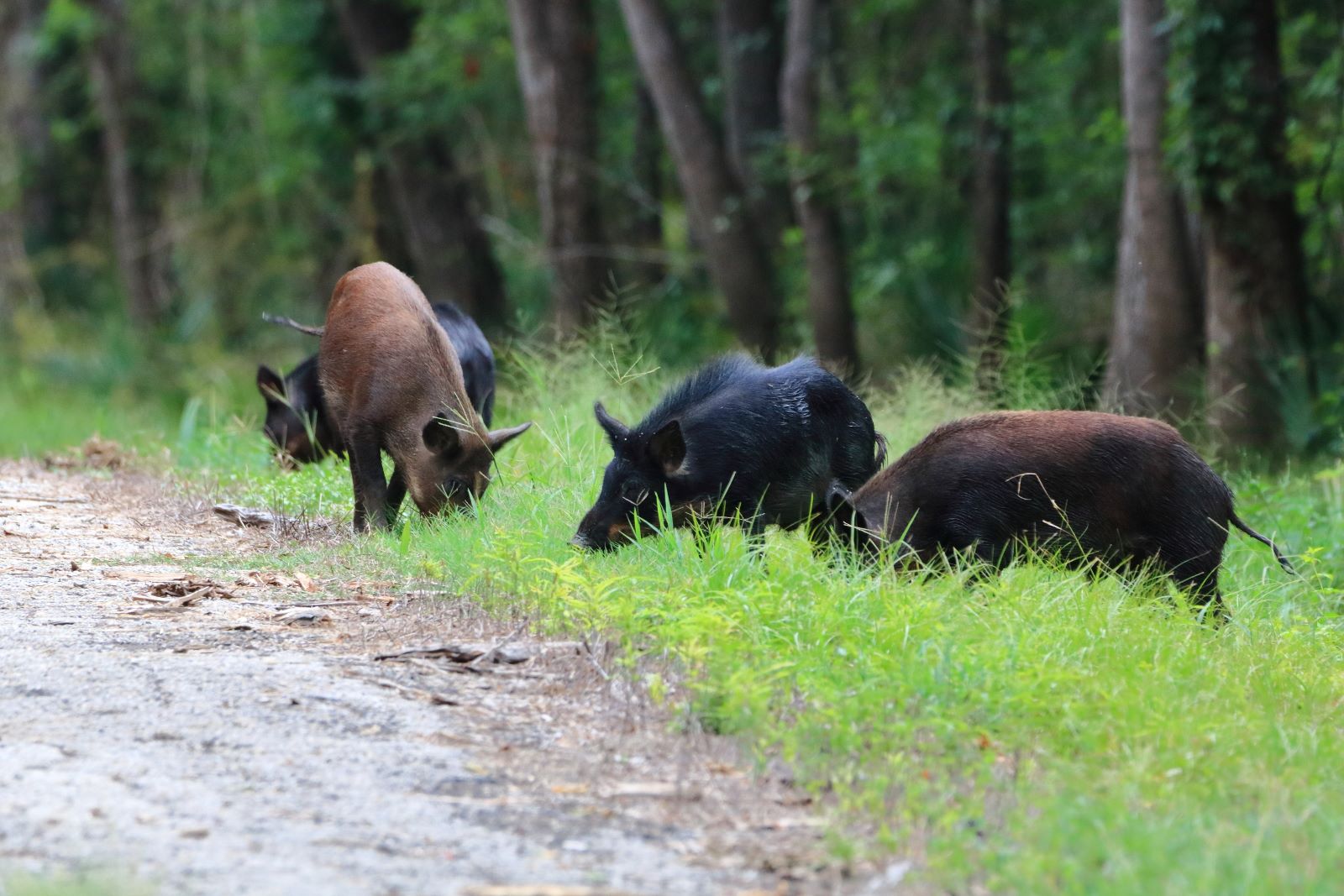
Image Credit: Shutterstock / Daniel Koglin
Feral hogs cause extensive damage to crops, landscapes, and native wildlife. Their destructive rooting behavior creates havoc in both rural and suburban areas.
9. Cane Toad
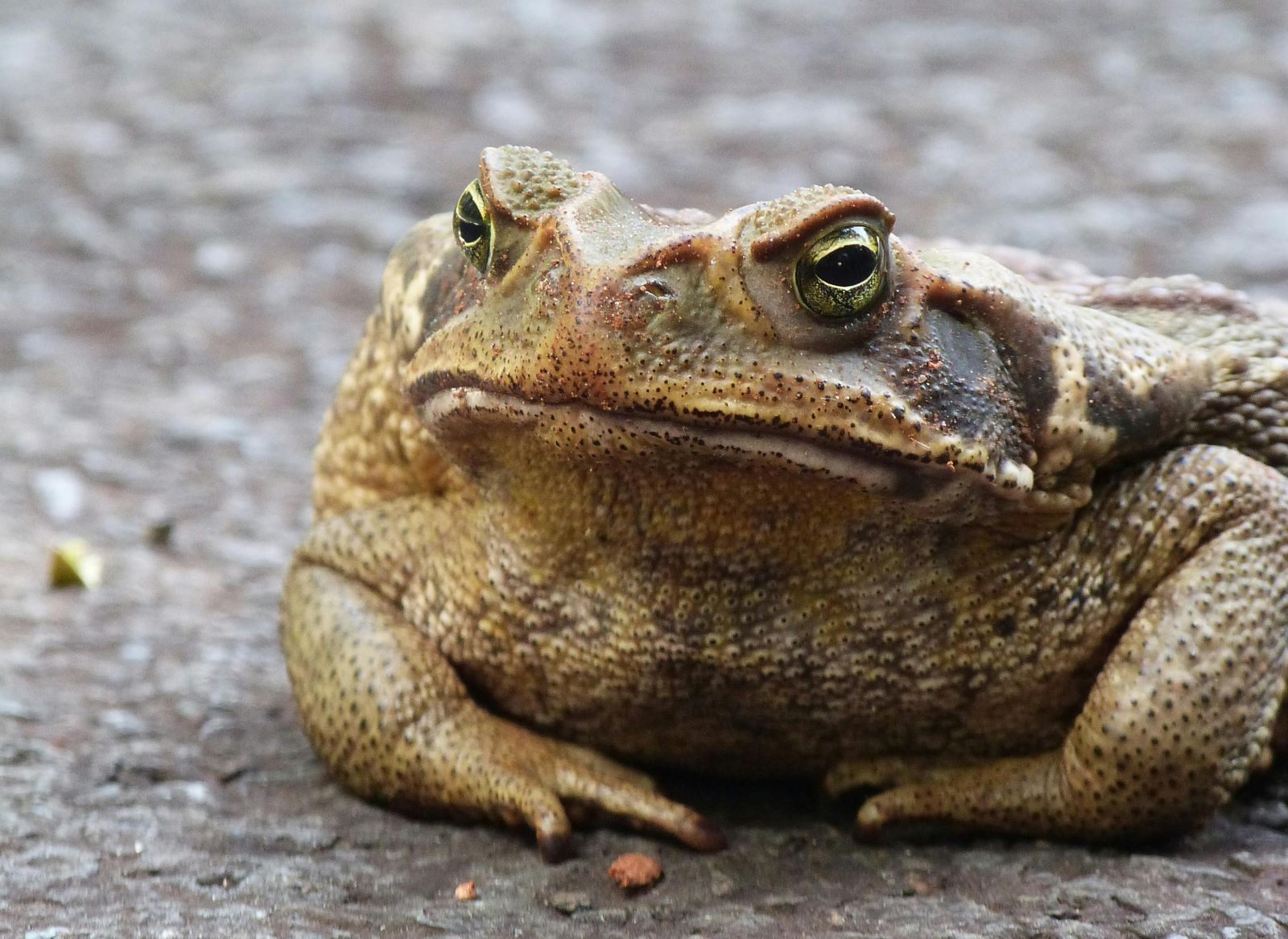
Image Credit: Pexels / Otavio
Introduced to Australia to control pests, cane toads have become a significant problem themselves. Their toxic skin poisons predators, disrupting local wildlife populations.
10. Zebra Mussels
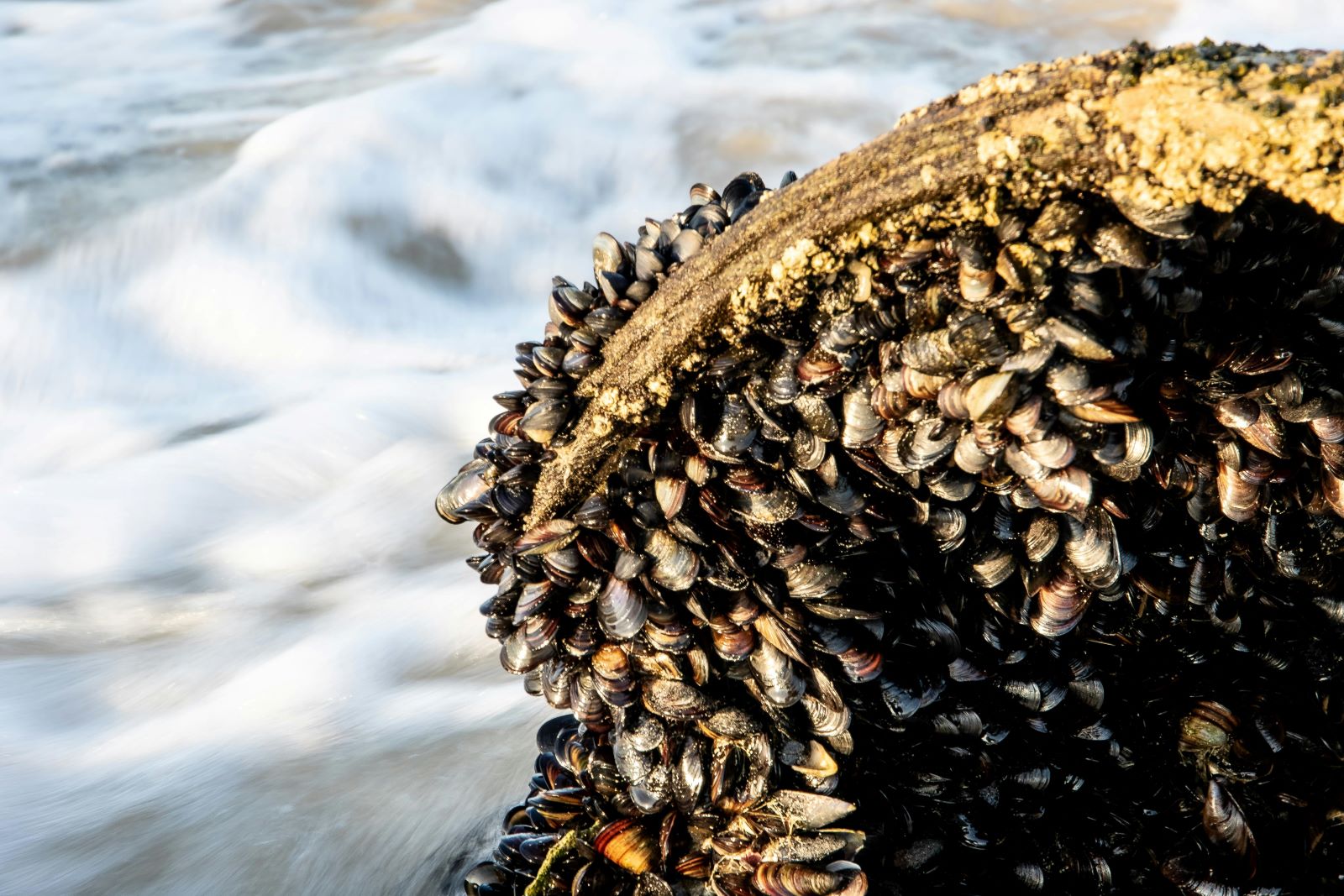
Image Credit: Pexels / Magda Ehlers
These tiny mollusks clog water intake pipes, damage boats, and disrupt local ecosystems. Their rapid spread and ability to stick to almost any surface make them a major nuisance.
11. Burmese Pythons
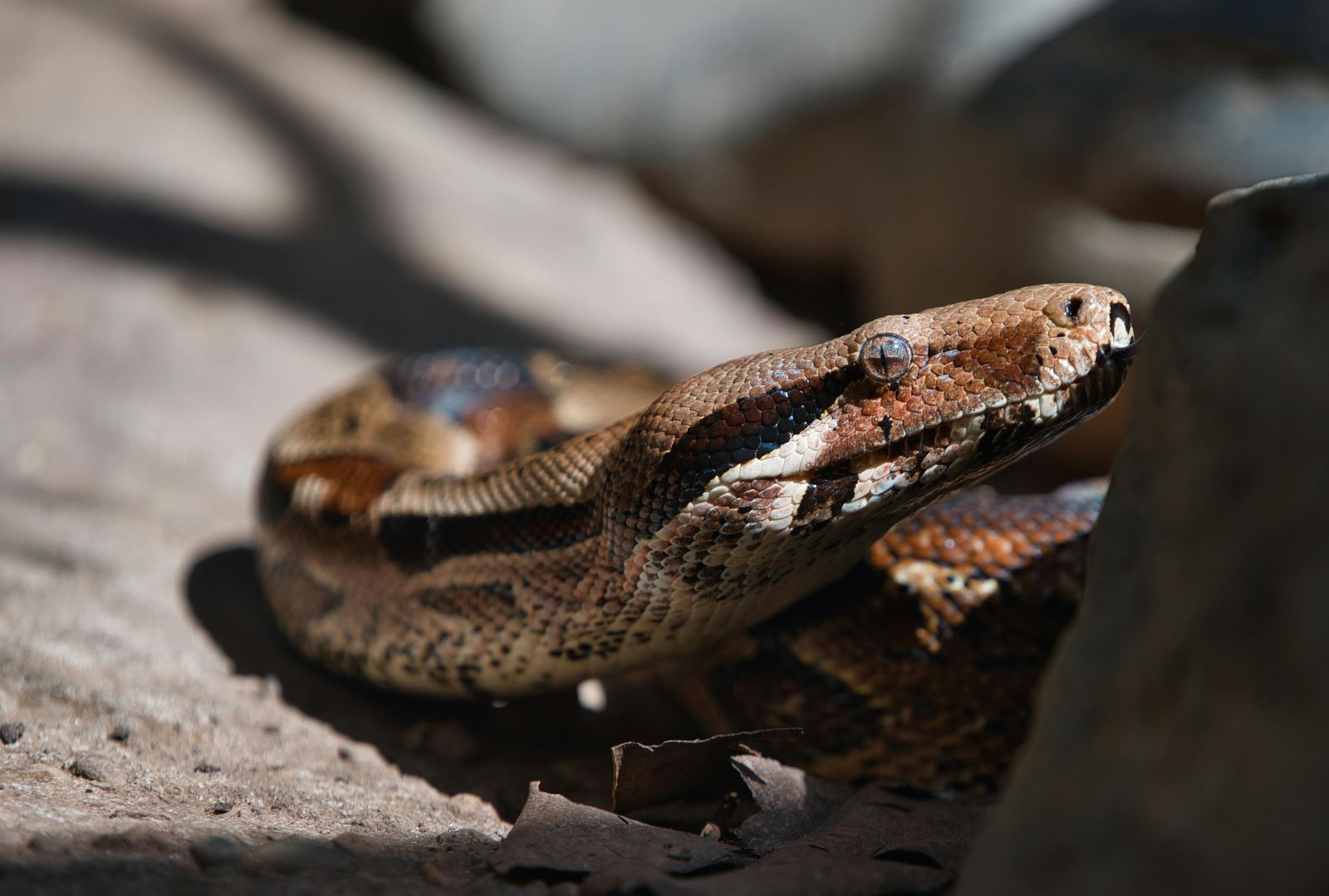
Image Credit: Pexels/ Federico Abis
In Florida’s Everglades, Burmese pythons prey on native wildlife, leading to drastic declines in populations of small mammals. Their presence upsets the natural balance of the ecosystem.
12. European Starling
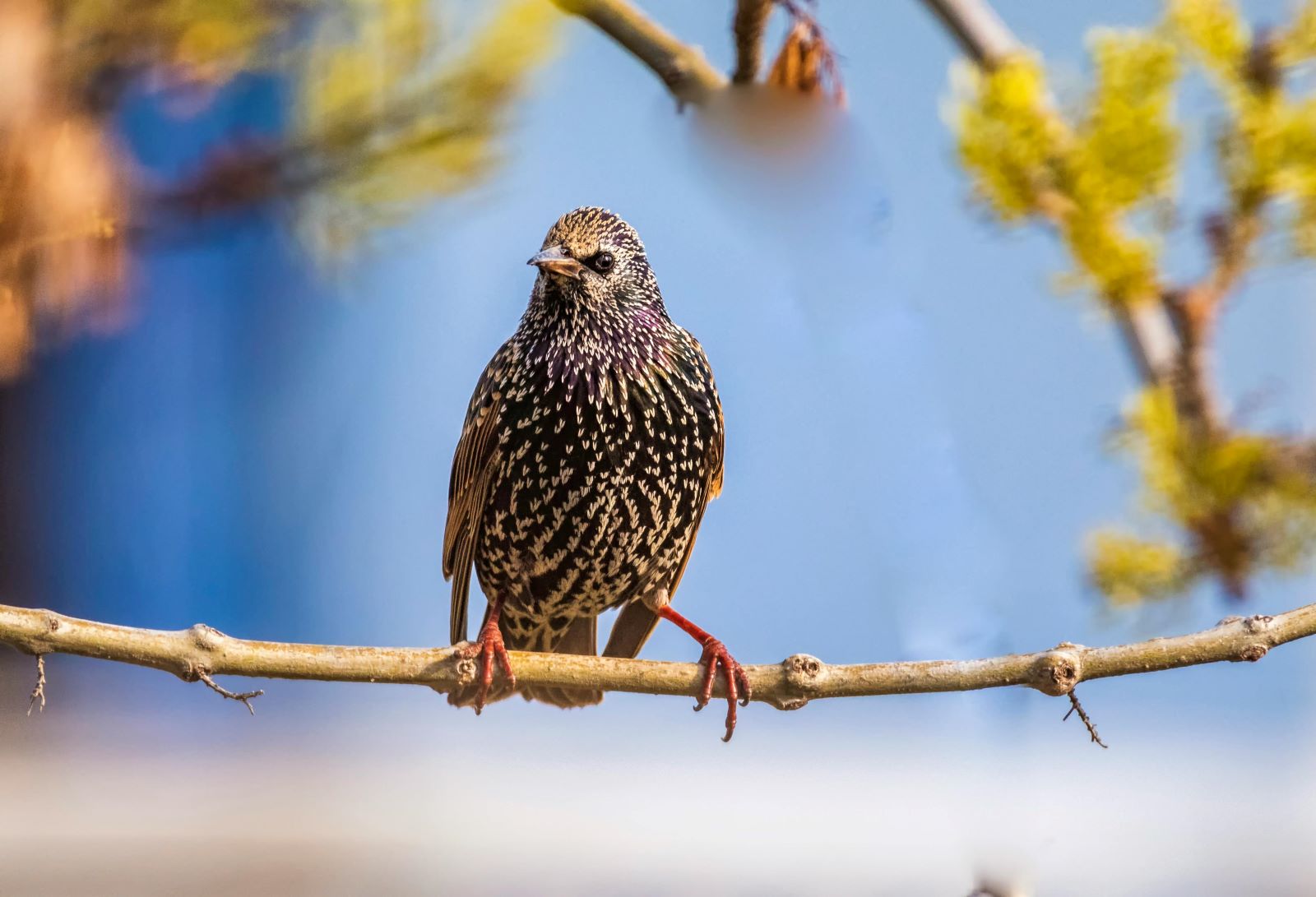
Image Credit: Pexels / Noureddine Belfethi
Introduced to North America in the 1890s, European starlings outcompete native birds for nesting sites and food. Their aggressive behavior and large flocks are problematic for both ecosystems and agriculture.
13. Emerald Ash Borer
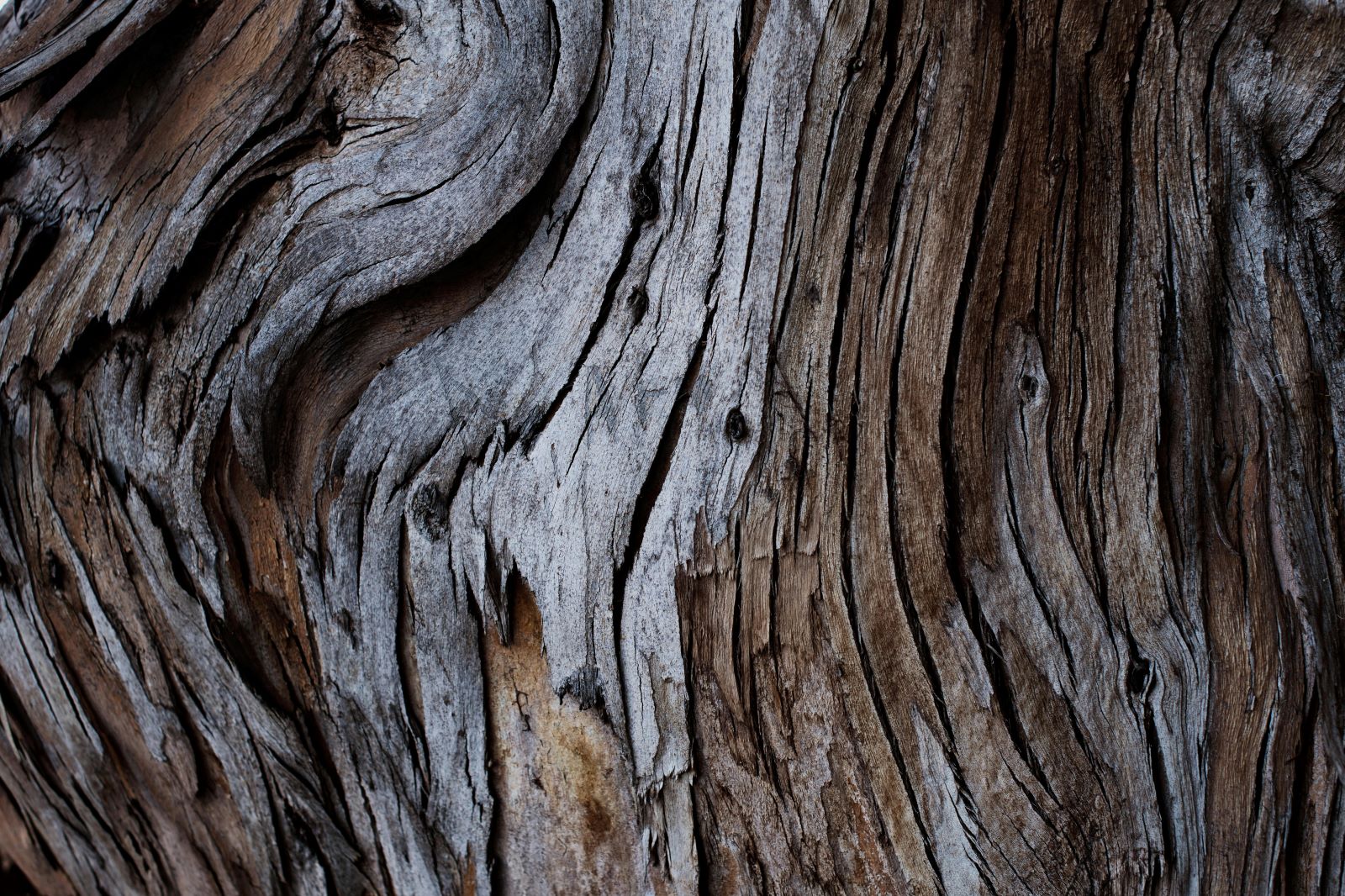
Image Credit: Pexels / Tim Mossholder
This beetle has devastated ash tree populations in North America. Its larvae burrow into the bark, cutting off the tree’s nutrient flow and ultimately killing it.
14. Nutria

Image Credit: Pexels / Petr Ganaj
These large, semi-aquatic rodents damage wetlands by eating vegetation and burrowing into levees and banks. Their destructive habits threaten water management and natural habitats.
15. Japanese Beetle
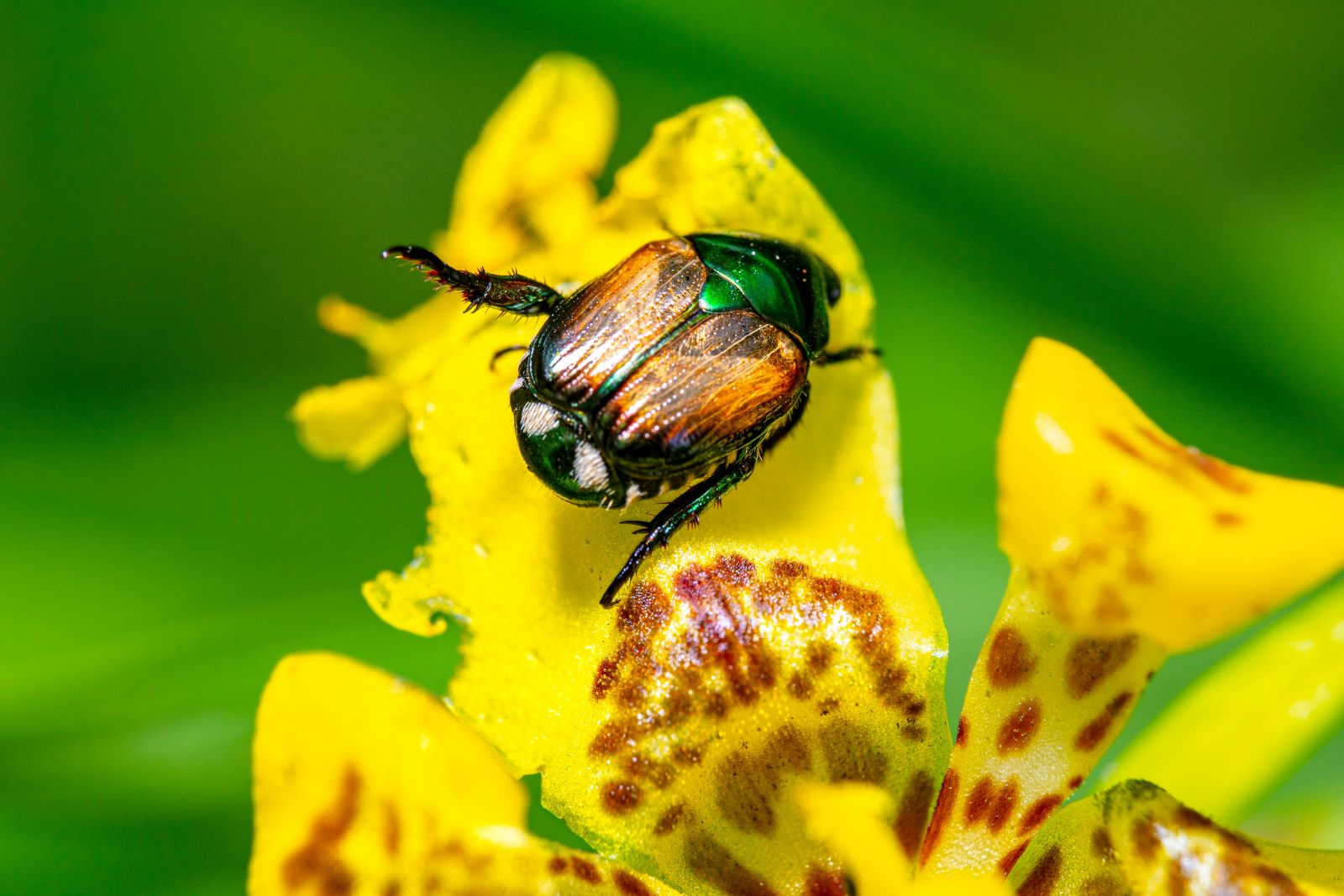
Image Credit: Pexels / Oktavianus Mulyadi
Japanese beetles damage a wide range of plants, from roses to crops. Their larvae also destroy lawns by feeding on grass roots.
16. Giant African Snail
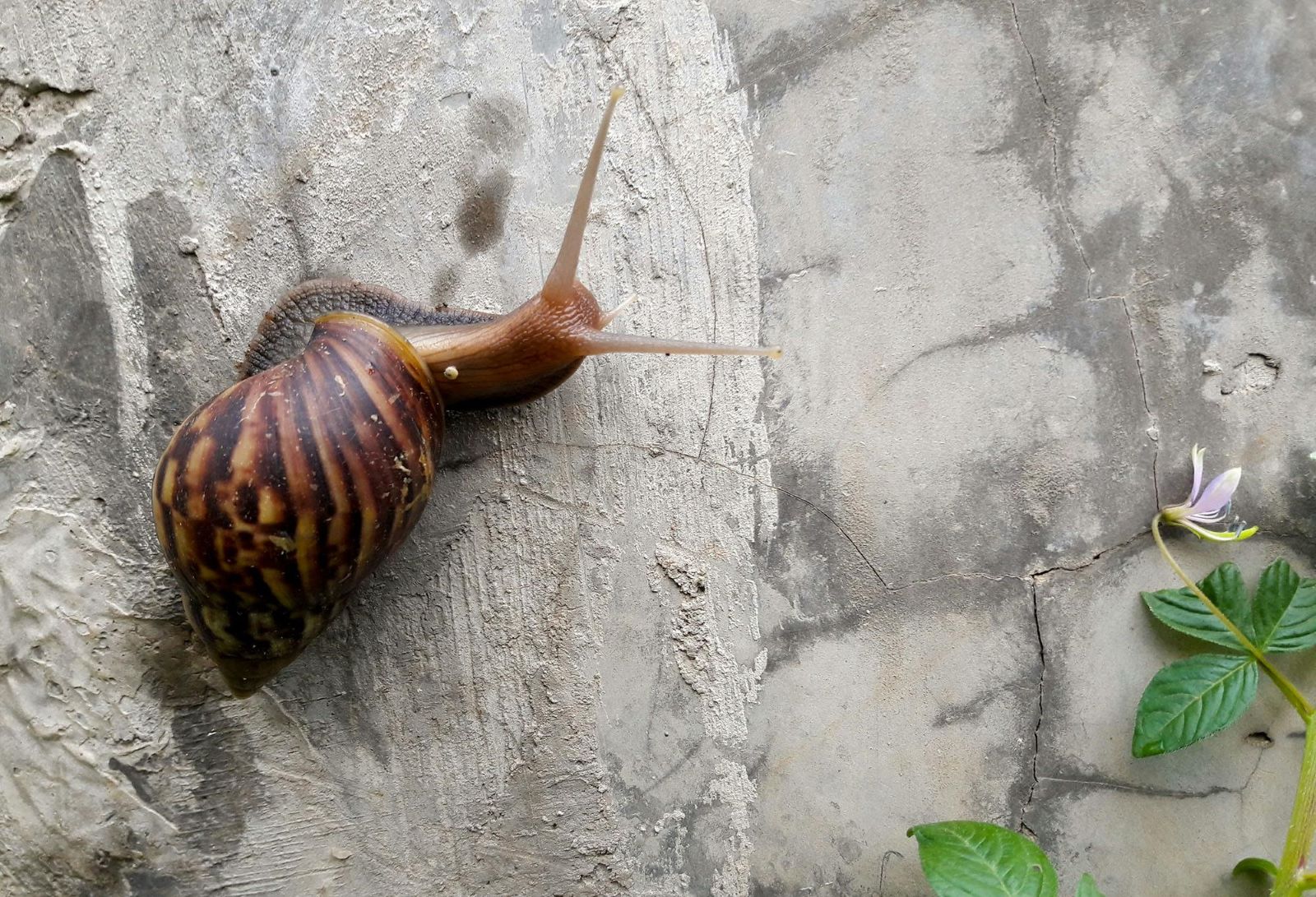
Image Credit: Pexels / Yogas Design
These snails consume large quantities of plants, damaging crops and natural vegetation. They also carry parasites harmful to humans and animals.
17. Cogongrass
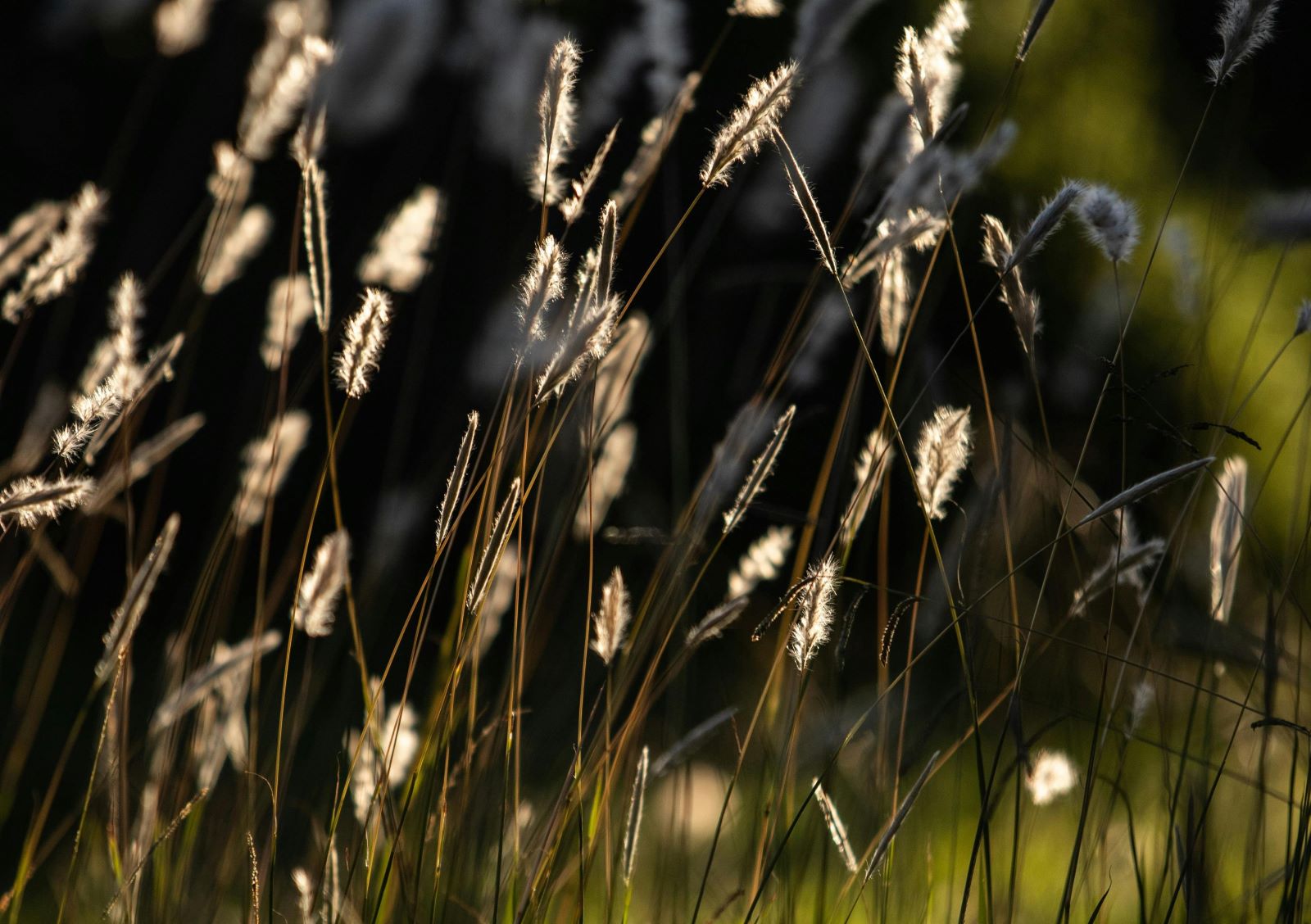
Image Credit: Pexels / Carolina Prado
Cogongrass is an aggressive invader that displaces native plants and alters fire regimes. Its rapid spread and dense growth make it difficult to control.
18. Gypsy Moth
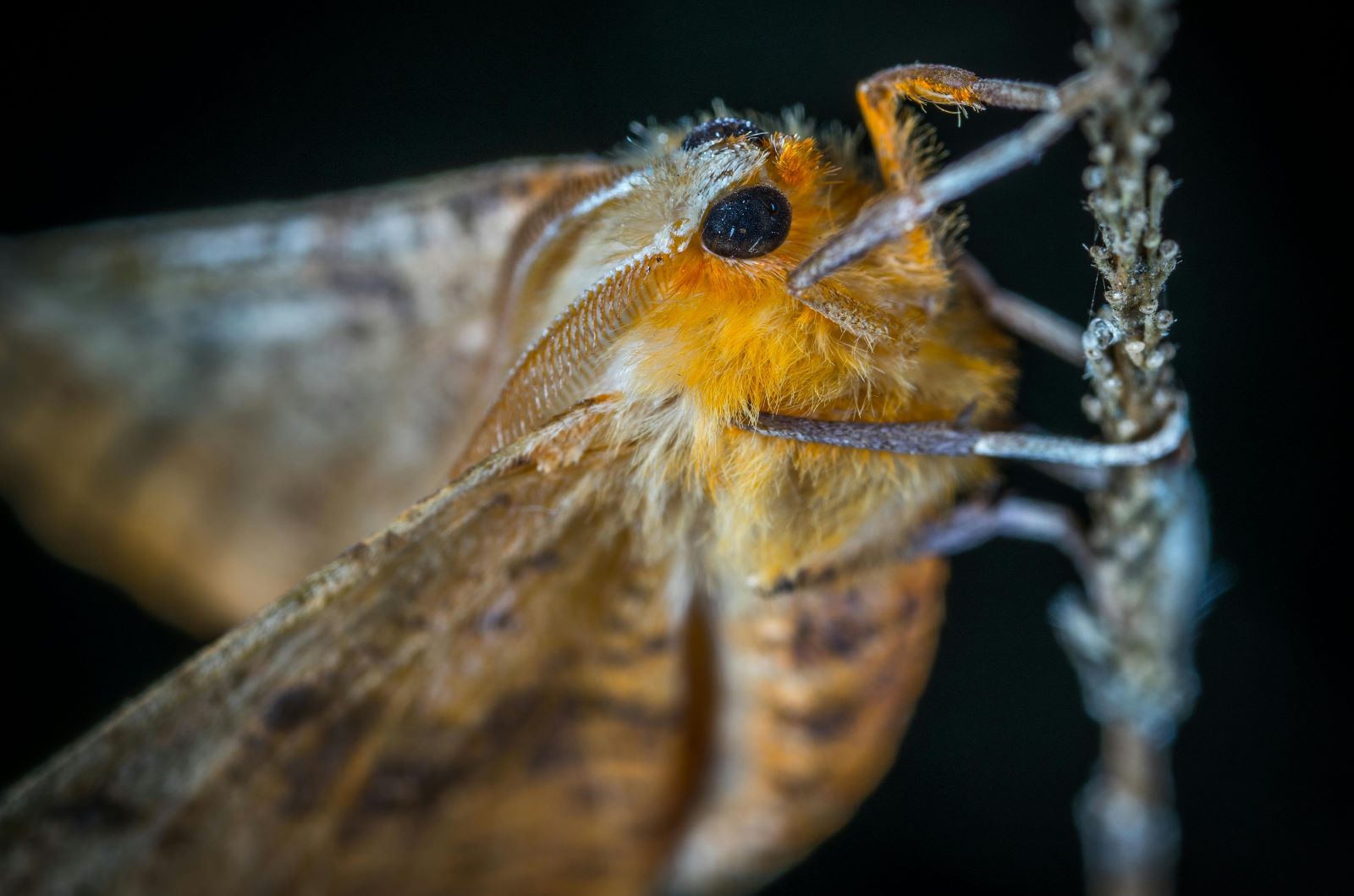
Image Credit: Pexels / Egor Kamelev
Gypsy moth larvae defoliate trees, leading to weakened forests and increased vulnerability to other pests. Their widespread outbreaks can cause significant ecological damage.
19. Spotted Lanternfly
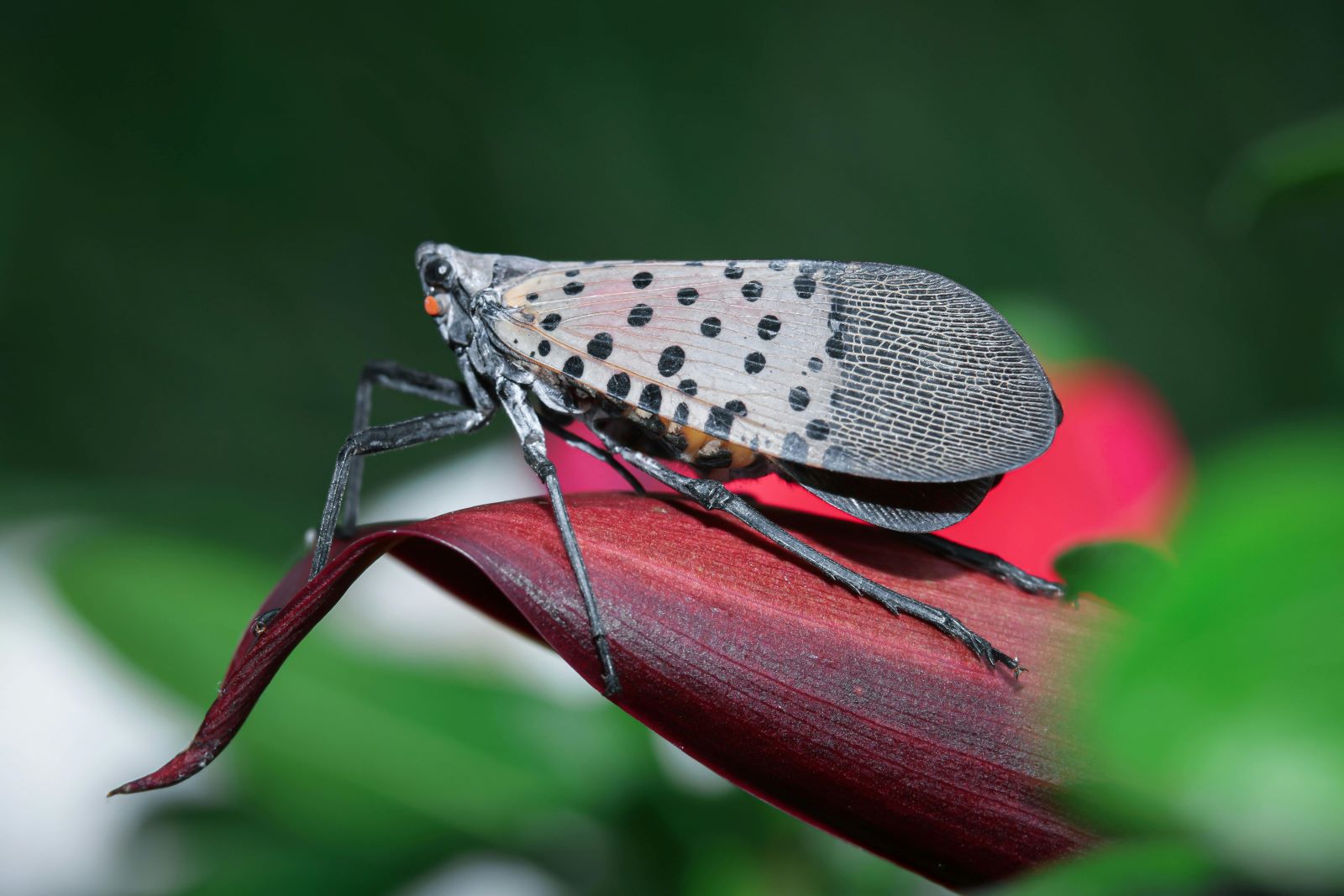
Image Credit: Pexels / Jermaine Lewis
This invasive pest from Asia feeds on a wide range of plants, causing extensive damage to fruit trees, grapes, and hardwoods. Its spread threatens agriculture and forestry.
20. Fire Ants
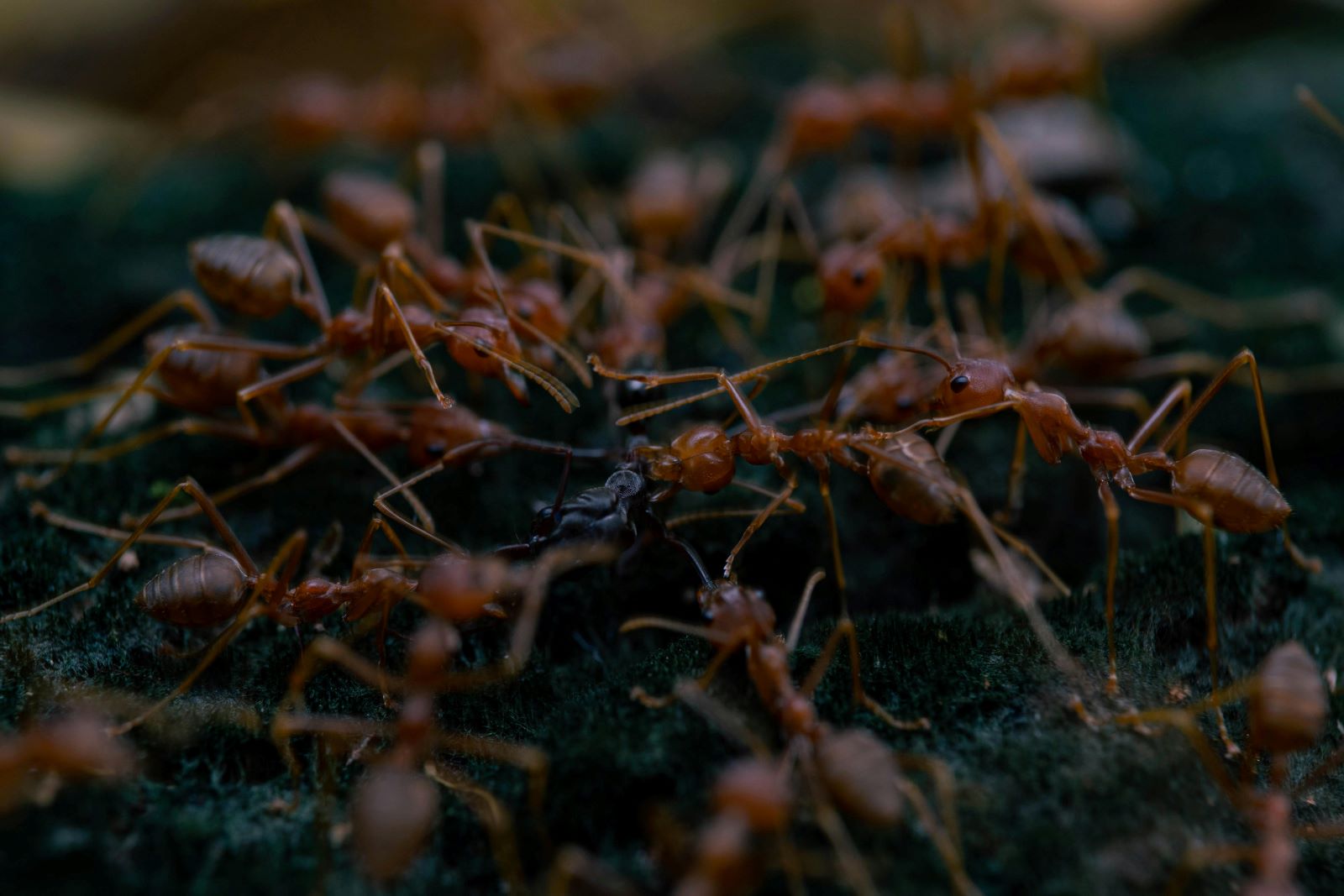
Image Credit: Pexels / Oktavianus Mulyadi
Fire ants inflict painful stings and pose risks to both humans and animals. Their aggressive nature and large colonies make them difficult to control.
21. Asian Carp
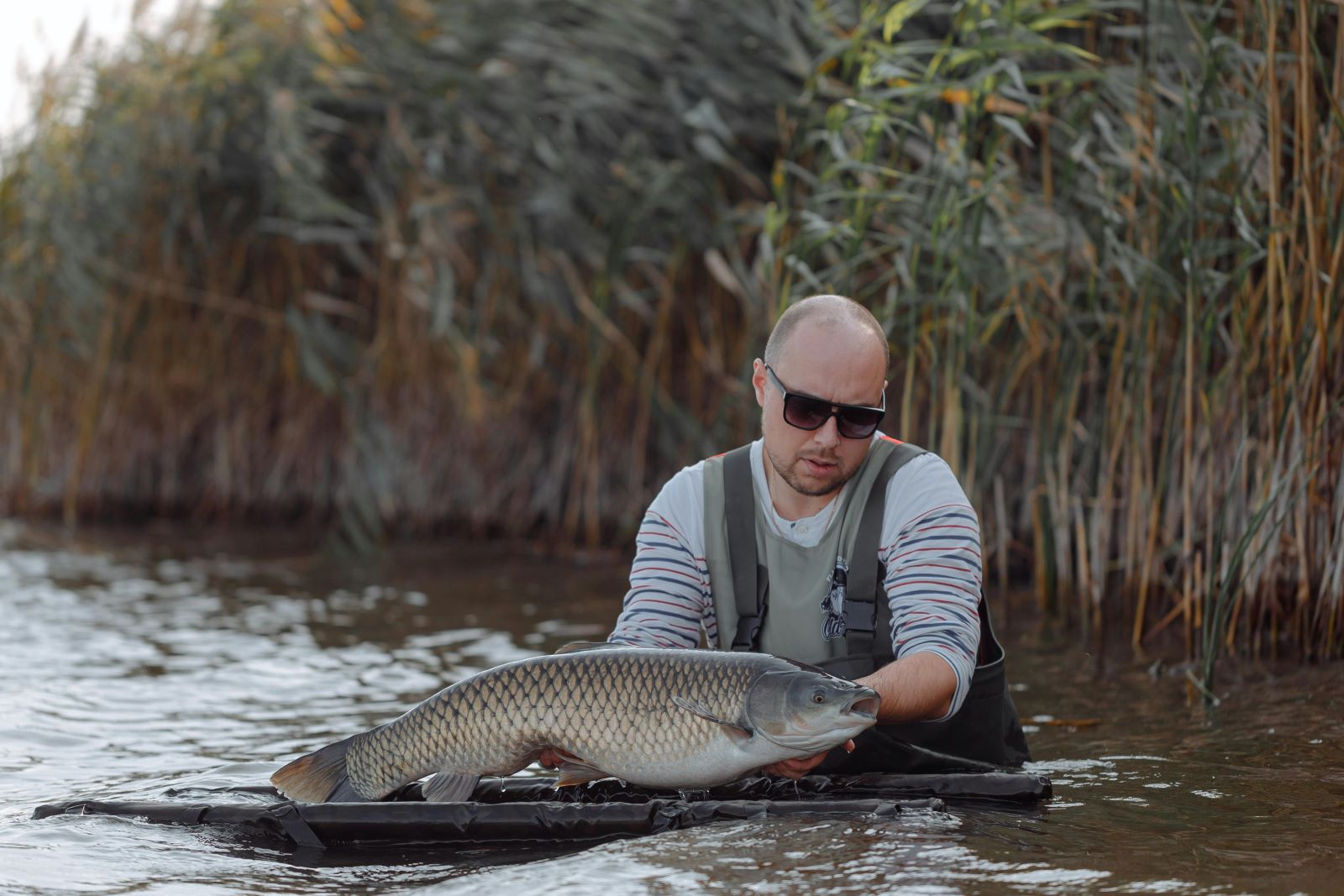
Image Credit: Pexels / Thirdman
Asian carp have invaded many U.S. waterways, outcompeting native fish for food and habitat. Their rapid reproduction and voracious appetite are major ecological threats.
22. Water Hyacinth
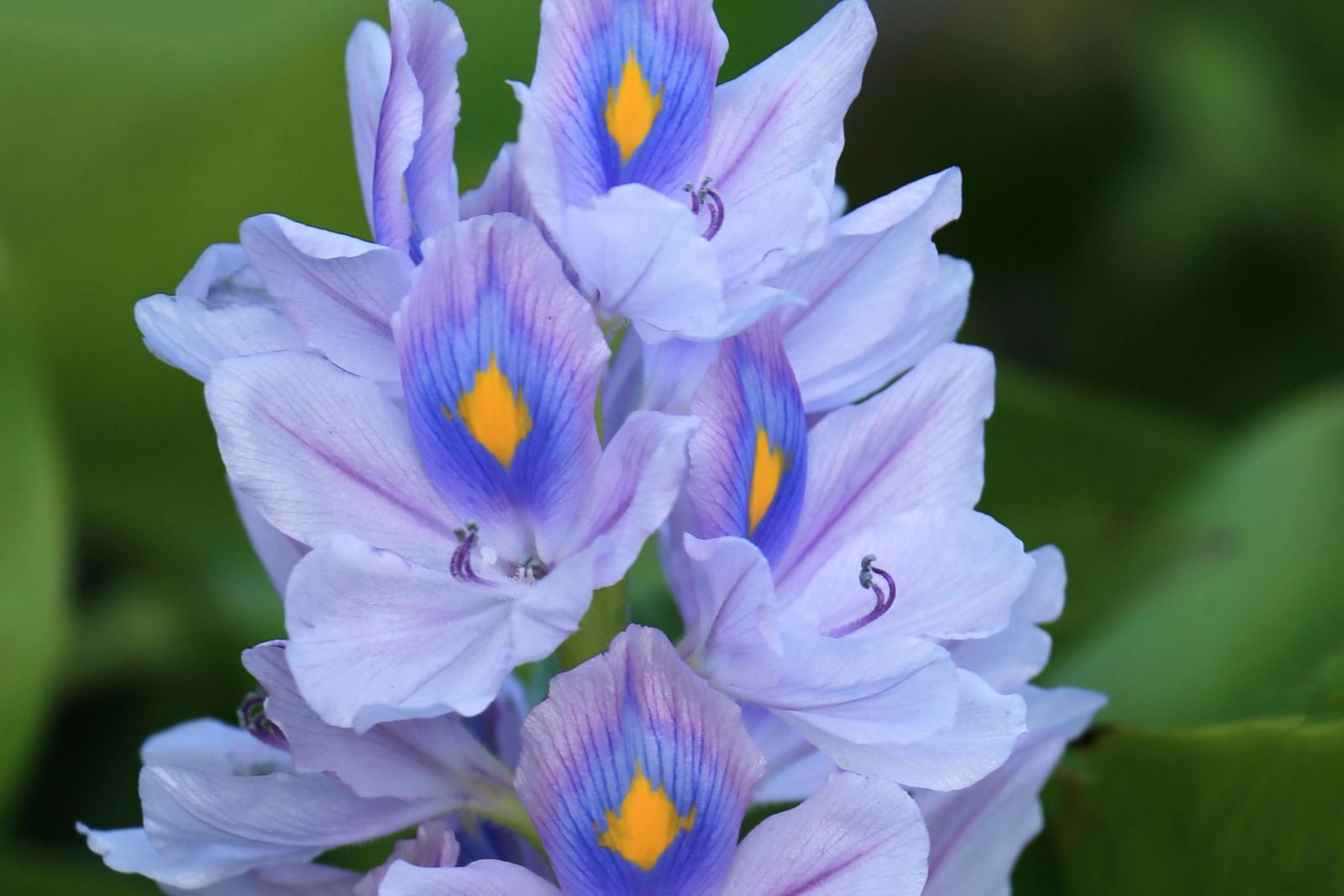
Image Credit: Pexels / Jeffry Surianto
This floating plant clogs waterways, impedes boat traffic, and disrupts aquatic ecosystems. Its rapid growth can completely cover lakes and rivers, blocking sunlight and depleting oxygen.
23. Kudzu
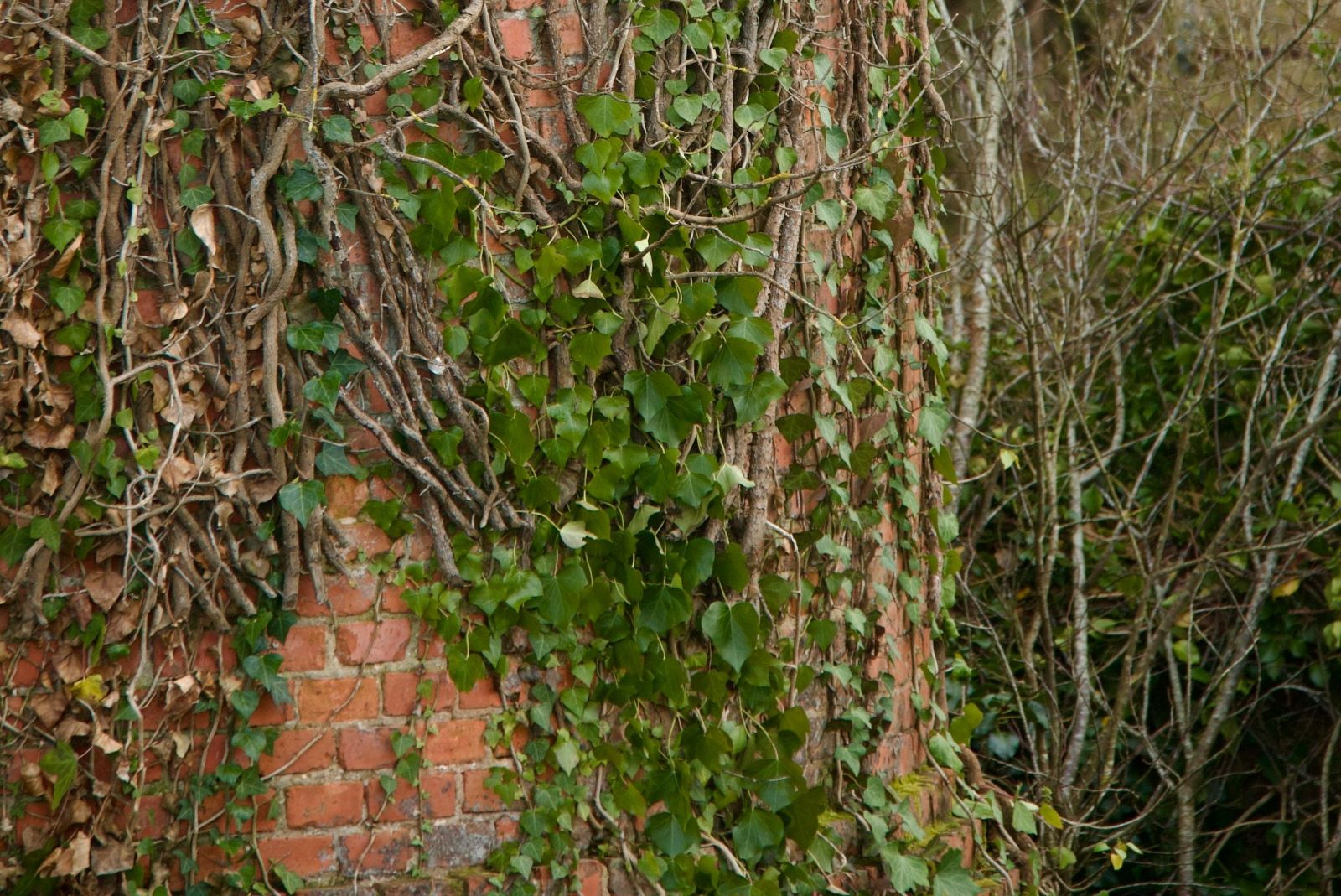
Image Credit: Pexels / Pablo Sánchez Cuesta
Known as “the vine that ate the South,” kudzu spreads rapidly, smothering native plants and trees. This aggressive vine covers entire landscapes, making it hard for native vegetation to survive.
24. European Green Crab
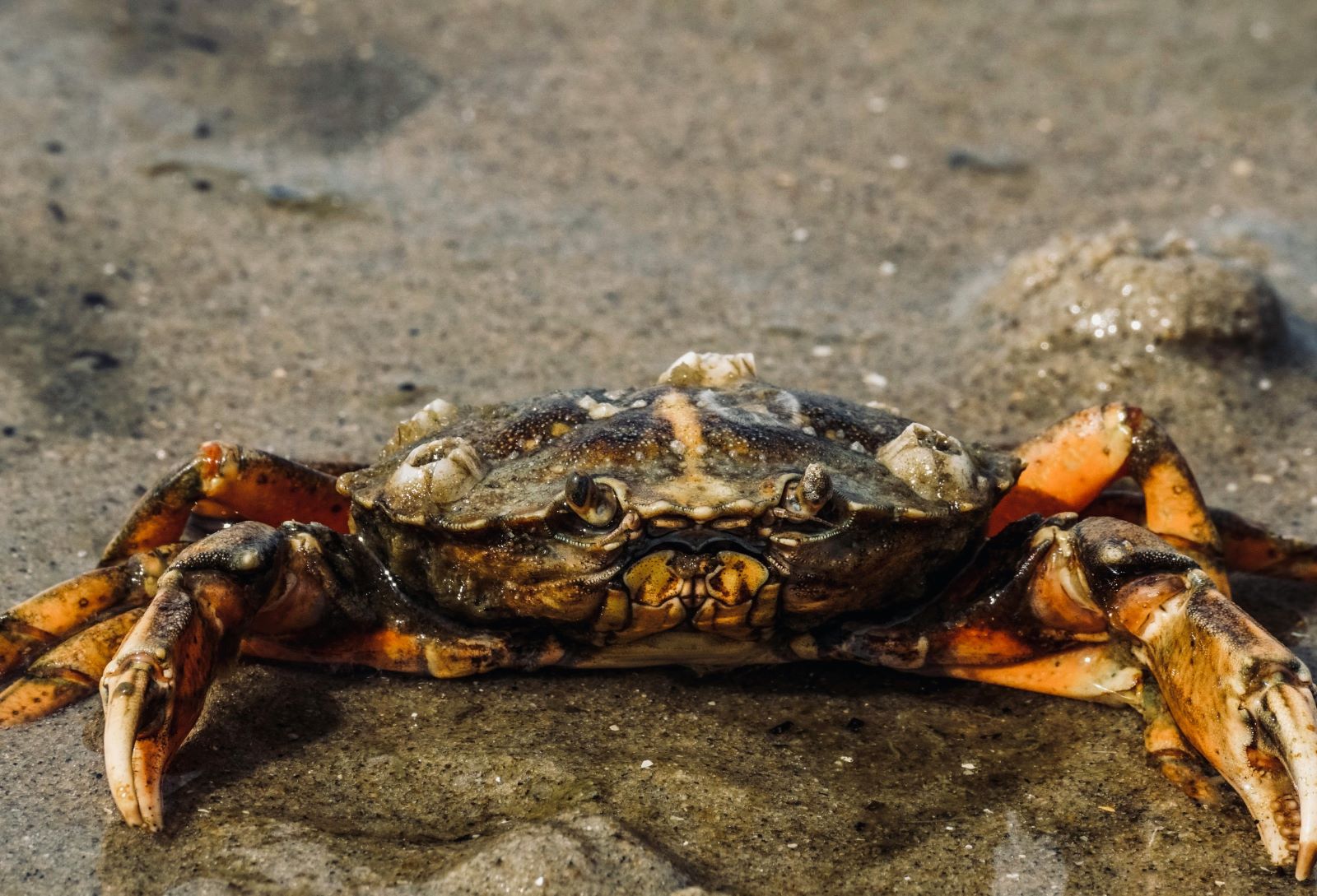
Image Credit: Pexels / Susanne Jutzeler, suju-foto
These crabs prey on native shellfish and disrupt local marine ecosystems. Their aggressive feeding habits threaten commercial fisheries and biodiversity.
25. Asian Longhorned Beetle
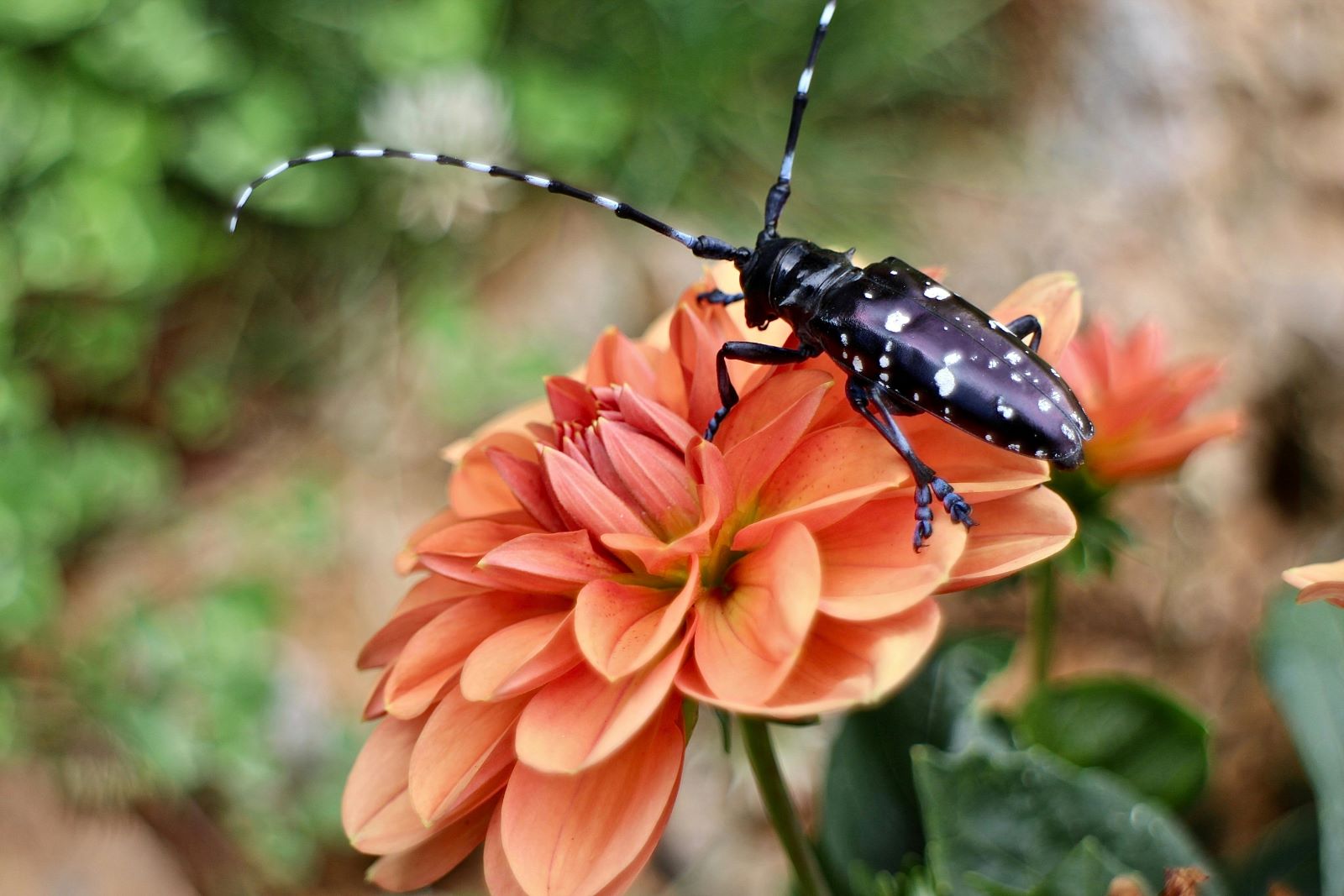
Image Credit: Pexels / Amber Shadow
This beetle infests and kills a wide variety of hardwood trees. Efforts to control its spread have led to the removal of thousands of trees, impacting urban and natural forests.
Time to Take Action
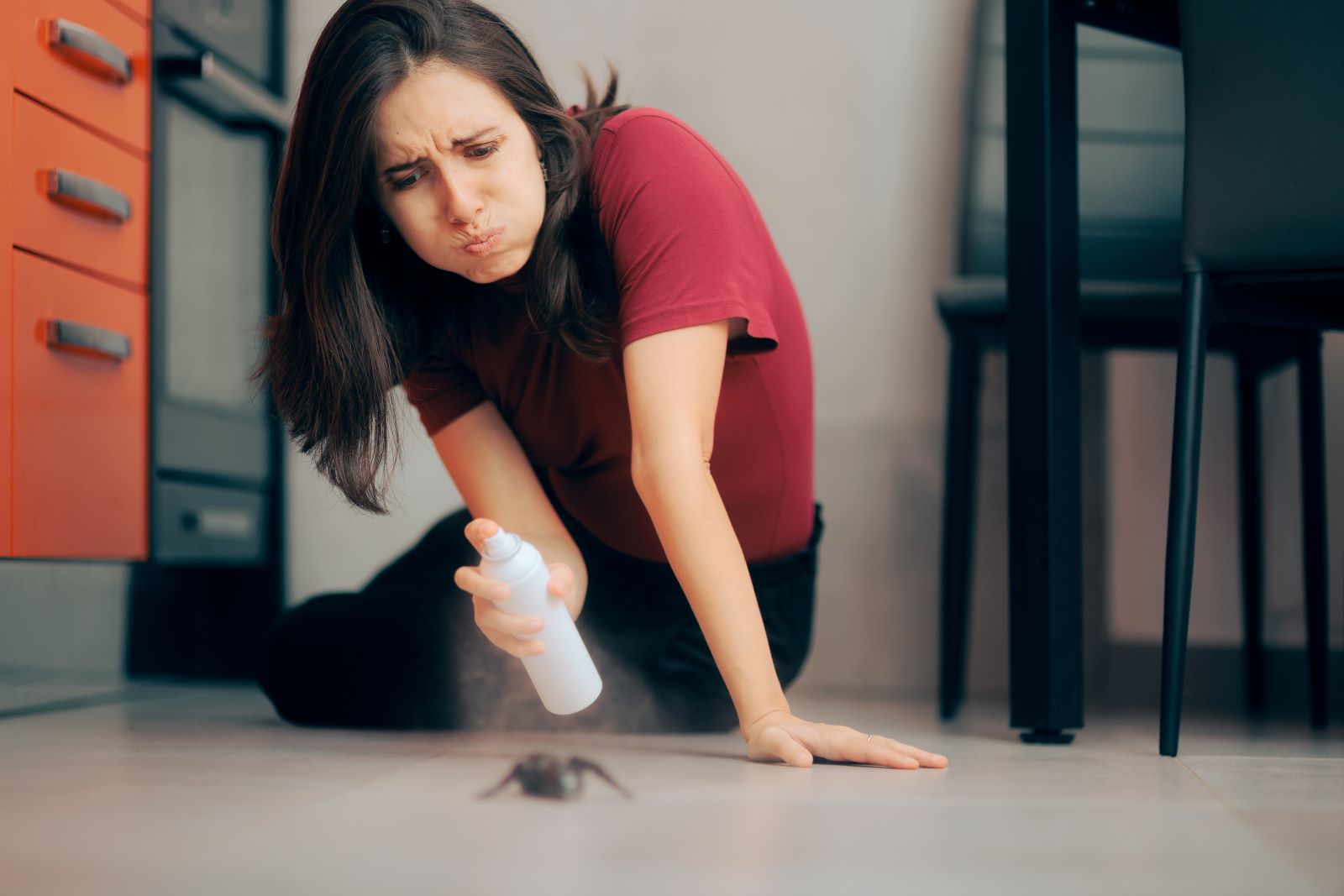
Image Credit: Shutterstock / Nicoleta Ionescu
The presence of these invasive species is a constant reminder of the delicate balance of our ecosystems. As we continue to deal with their impacts, it’s crucial to support measures aimed at controlling and eradicating these unwelcome invaders. How do you feel about the efforts to combat these pests?
Oil Dumping Scandal Rocks Ships Heading to New Orleans

Image Credit: Shutterstock / Aerial-motion
Two shipping companies have been fined after knowingly hiding a large oil spill in the Atlantic Ocean. Oil Dumping Scandal Rocks Ships Heading to New Orleans
20 Eye-Opening Realities Facing Retiring Baby Boomers

Image Credit: Shutterstock / Jack Frog
As Baby Boomers approach retirement, the promise of leisure and security often seems unattainable. This generation faces unique challenges that could redefine retirement. Here’s a stark look at the realities shaping their outlook. 20 Eye-Opening Realities Facing Retiring Baby Boomers
Retail Apocalypse: Massive Closures Sweep Across U.S. Brands

Image Credit: Shutterstock / Tada Images
Stores across the U.S. are closing at unprecedented levels, according to new research from advisory firm Coresight Research. Read on for more information about the impact this could have on you and your communities. Retail Apocalypse: Massive Closures Sweep Across U.S. Brands
Featured Image Credit: Pexels / Picas Joe.
For transparency, this content was partly developed with AI assistance and carefully curated by an experienced editor to be informative and ensure accuracy.

